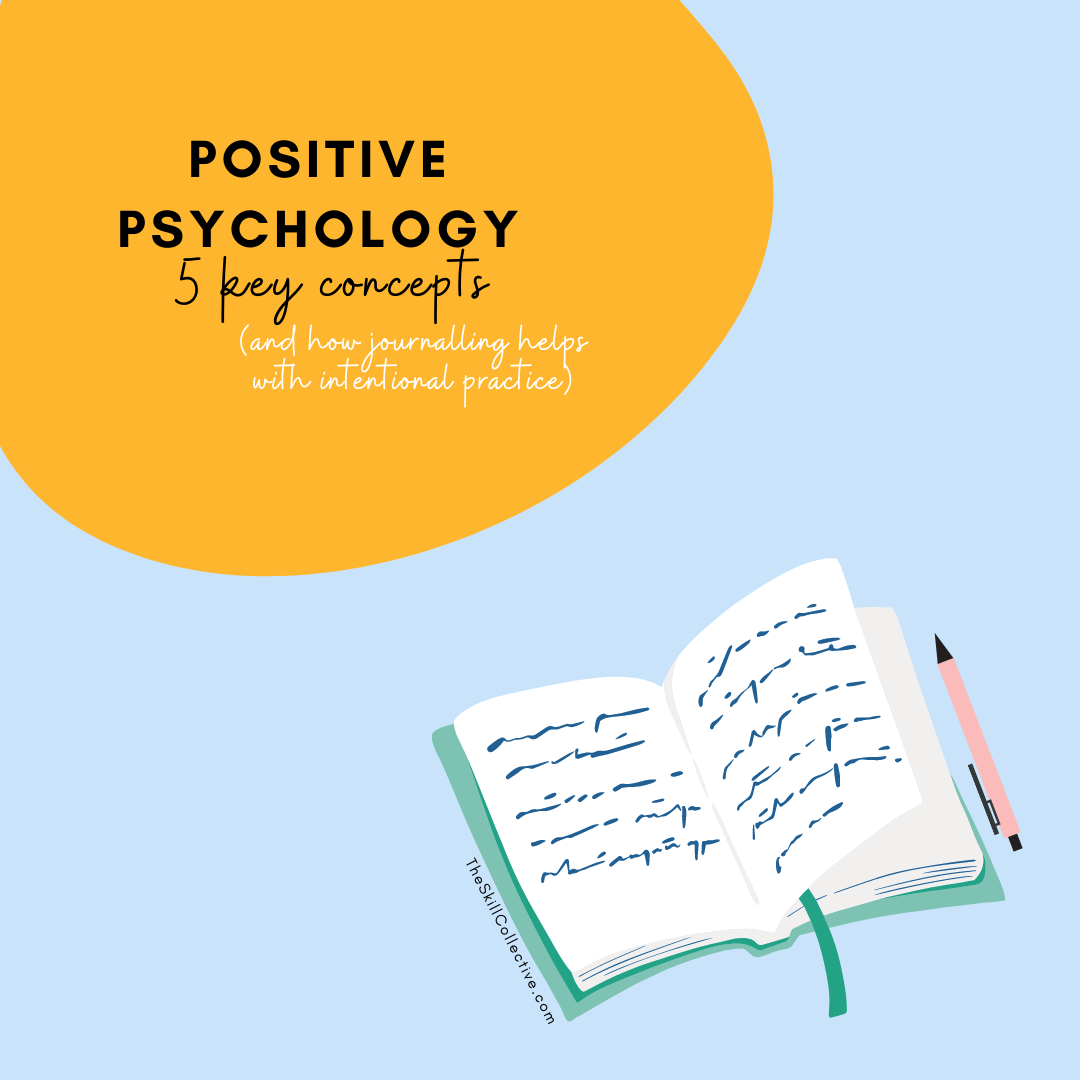How to boost your winter wellbeing
HOW TO BOOST YOUR WELLBEING IN WINTER
By Joyce Chong, Clinical Psychologist
Winter is a time when we often let our wellbeing habits slide. Those lifestyle factors that make for positive wellbeing in summer - exercise, socialising with friends, healthier diets, and a sunnier and more positive outlook – tend to take a back seat come winter. Faced with shorter days (less natural light) and colder temperatures, it’s easy to fall into unhelpful patterns and neglect your wellbeing. Mood can suffer, and the winter blues can sometimes tip into Seasonal Affective Disorder. So, today we’re look at 3 Problems for Wellbeing in Winter and what we can do to boost our wellbeing.
PROBLEM 1: Poorer health during flu season
SOLUTION: Being physically healthy is an important component to overall wellbeing. Think of winter as an endurance race – the goal is to stay well for a 3-month stretch. So, it’s time to double down on the building blocks of health by eating well, exercising, and getting enough sleep (for more general tips on how to stay healthy see this post). And, of course, with cold and flu germs being in plentiful supply during winter, it's good to practice good hygiene.
And should you happen to fall ill, be sure to get proper rest rather than propping yourself up only to run your body down again.
Problem 2: Being less active in winter
SOLUTION: Rethink how you work on your wellbeing. Because there's less light, more rain, and cooler weather, staying active in winter may require a bit more thought and preparation. Try the following:
Get over the psychological barrier in order to get physical. Often the biggest barrier is in your mind, so make it a non-negotiable that you will be more active.
Move your exercise indoors where possible (e.g. Perhaps join a gym for the winter months or use the stairs at work) so that the weather becomes a non-issue.
Choose wellbeing activities that are not just physical in nature. Focus on building positive emotions (do something nice for yourself), get into a state of flow (engagement) where you’re really engrossed in an indoor hobby or activity (for more on engagement check out our post on PERMA: The Ingredients for Resilience and Wellbeing), or nurturing positive relationships.
And, we may be biased but we find a great way to boost wellbeing in winter is through journalling indoors with our positive psychology journal My Happy Place! Designed to help optimise your mood, it draws on several principles of positive psychology including PERMA-H, gratitude, grit, and the three types of happiness.
PROBLEM 3: Feeling blah, feeling down, or feeling depressed
SOLUTION: Winter can be a real dampener on your mood, with a lack of light proposed to be linked to Seasonal Affective Disorder (see this article for more on SAD), so try the following options to boost your mood:
Try to get some (safe) exposure to the sun, or consider light therapy
Increase your exercise because of its positive effects on wellbeing (see this post on Why Exercise Matters for your Mental Health + Wellbeing)
Increase pleasant activities to give yourself a mood boost. Lean into hygge, a Danish concept of hibernating into cosiness and spending time together with family and friends, focusing on building connections and comfort.
Follow these tips and boost your wellbeing this winter, and feel free to reach out if you’d like to book in with one of our team for a tailored plan.
REFERENCES
Grimaldi, S., Englund, A., Partonen, T., Haukka, J., Pirkola, S., Reunanen, A., Aromaa, A., & Lönnqvist, J. (2009). Experienced poor lighting contributes to the seasonal fluctuations in weight and appetite that relate to the metabolic syndrome. Journal of Environmental and Public Health. Doi:10.1155/2009/165013









Keep track of your anxiety by monitoring your mood and sticking with healthy habits. Here we outline how the humble planner can help you to achieve your goals when it comes to anxiety.